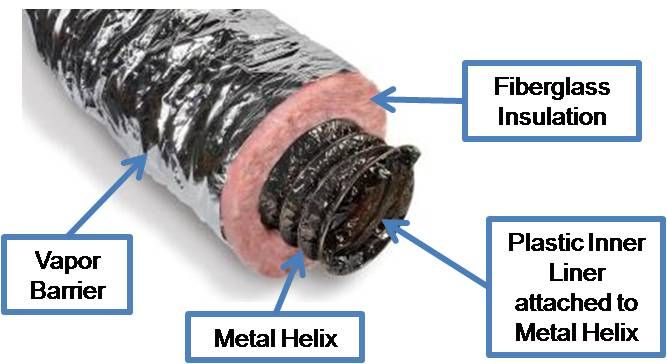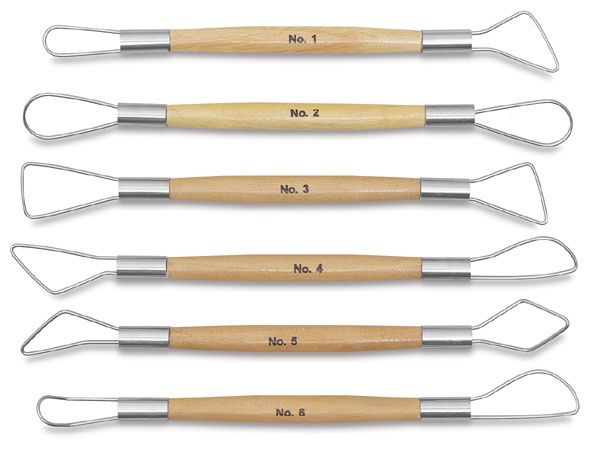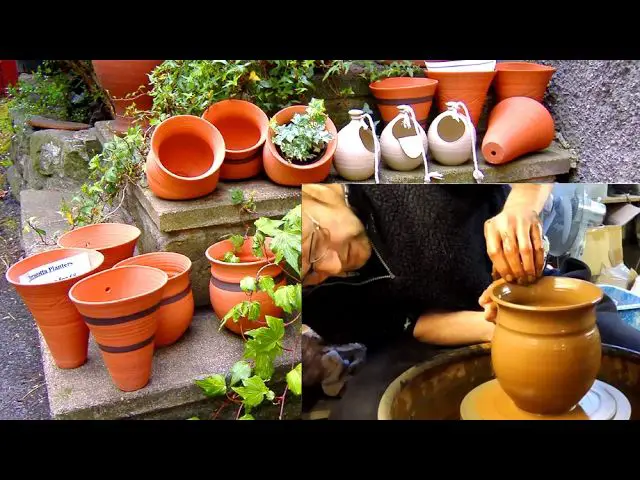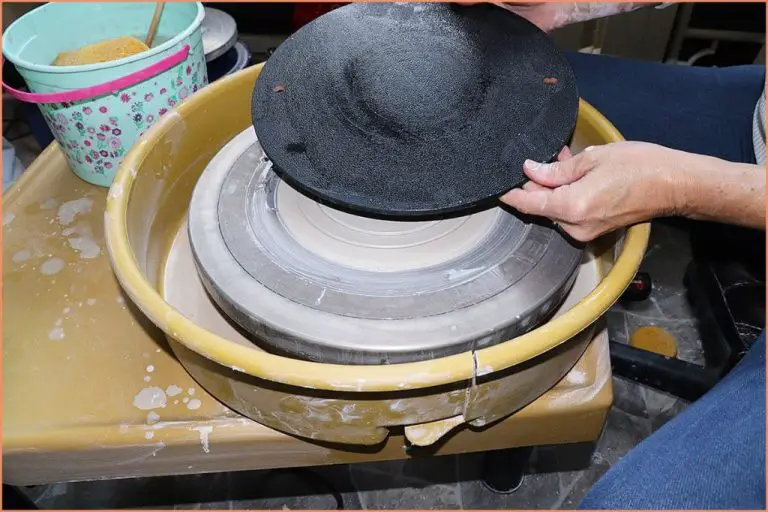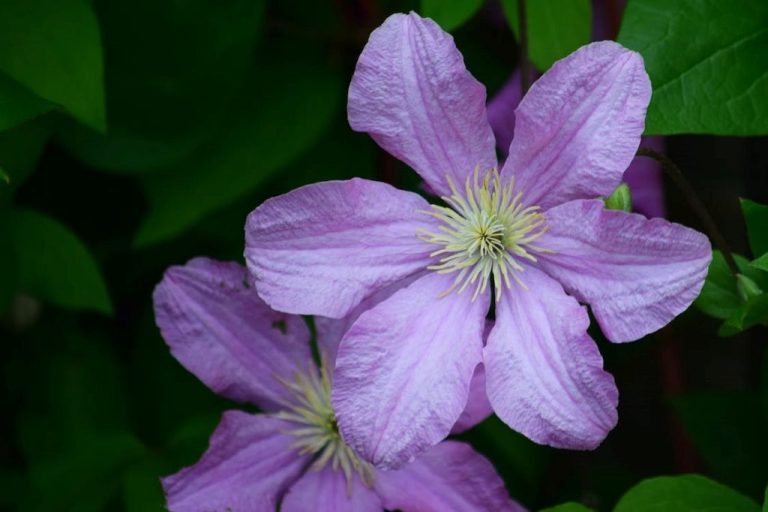What Does An Infuser Do In A Teapot?
An infuser is a device used to brew loose leaf tea. It allows the tea leaves to steep and infuse the water with their flavor, while also containing the leaves so you don’t end up drinking tea leaves. Infusers allow you to fully experience the complex flavors of loose leaf tea. They are an essential tool for any loose leaf tea drinker.
The main purpose of an infuser is to let the tea leaves interact with the hot water to extract their flavors and aromas, without allowing the actual leaves to be consumed. This results in a flavorful cup of tea free of debris. Infusers make it easy to brew loose leaf tea, which offers much more complexity and nuance compared to tea bags.
Types of Infusers
There are several common types of infusers used in teapots:
Mesh infusers https://senchateabar.com/blogs/blog/tea-infuser are often made of stainless steel or silicone and contain very fine perforations that allow water to flow through while containing loose tea leaves. They come in various shapes like balls, cones, and disks. Mesh infusers allow for full water circulation and steeping but can sometimes allow small tea particles through.
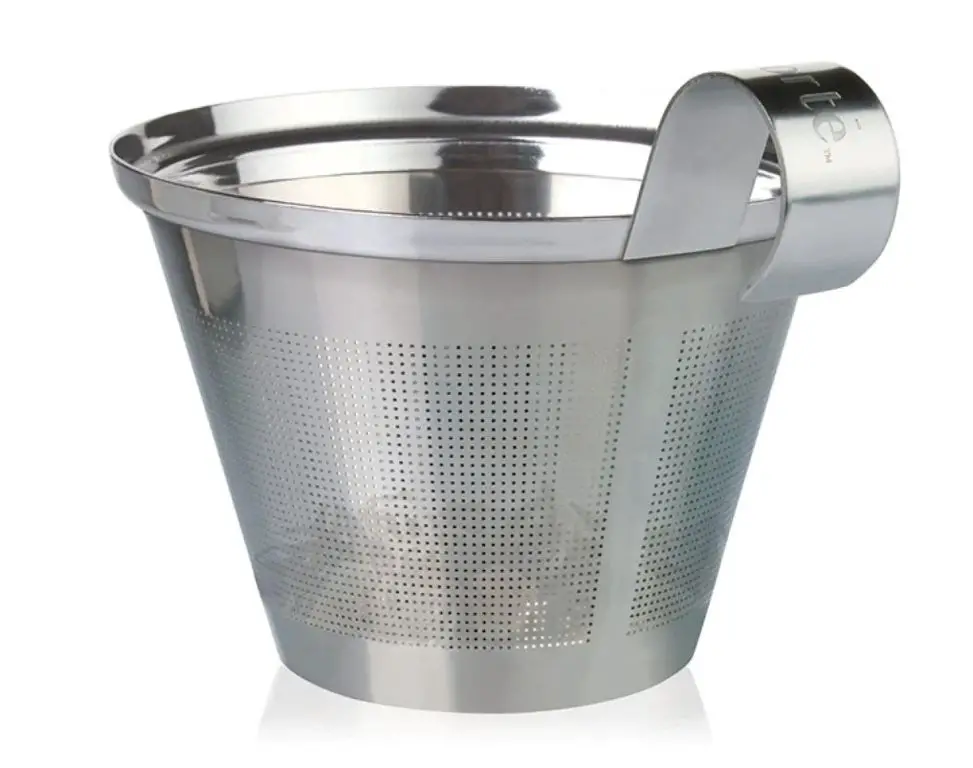
Ball infusers https://senchateabar.com/blogs/blog/best-tea-infuser are small spherical mesh containers on chains that are placed directly in a teapot or cup. The spherical shape allows leaves to expand while steeping. Ball infusers are easy to remove from the teapot once the tea has finished steeping.
Basket infusers are made of perforated metal and shaped like small baskets or scoops. They provide ample room for tea leaves to unfurl and can be easily removed from the teapot. The metal construction is durable and allows for thorough water circulation.
Benefits of Using an Infuser
An infuser provides several benefits compared to tea bags or brewing loose leaf tea directly in a teapot. According to Everything You need to know about tea infuser, using an infuser allows tea leaves to fully expand and release their flavor. Unlike tea bags which can constrict the leaves, an infuser gives them more room to unfurl.
Infusers also filter out loose tea leaves from your tea. As explained on Why You Need To Switch To Using An Infuser NOW!, this allows you to steep loose leaf teas for their optimal time without worrying about over-brewing. The infuser catches all the leaves so you get the full flavor without grittiness or sediment in your cup of tea.
How to Use an Infuser
Using a tea infuser is simple and straightforward. First, open the infuser and add the desired amount of loose leaf tea, usually 1-2 teaspoons per 8 oz cup. Then place the infuser basket into your teapot or mug. Pour freshly boiled water over the infuser, filling your teapot or mug. Allow the tea to steep for the recommended time based on the type of tea, usually 3-5 minutes. Finally, when the steeping time is complete, remove the infuser from the water to prevent the tea from oversteeping. The infused tea is now ready to enjoy.
Here are some tips for getting the most out of your infuser (TeaLeaves.com):
- Use freshly boiled water around 195°F – 205°F for black teas and 175°F – 185°F for green teas.
- Follow the recommended steeping time but taste test to find your preferred strength.
- Make sure the infuser basket is fully submerged during steeping.
- Remove the infuser as soon as the desired strength is reached.
Using a tea infuser properly allows the leaves to fully expand and release their flavor without escaping into your cup. It’s a simple process that helps brew a perfect cup of loose leaf tea.
Infuser Materials
Tea infusers come in a variety of materials, each with their own benefits.
Metal infusers, especially stainless steel, are commonly used because they are durable, easy to clean, and don’t retain flavors or odors. Stainless steel infusers allow water to flow freely around the tea leaves for proper infusion. Metal infusers come in various shapes like balls, baskets, and spoons.
Silicone infusers are popular options as well. Silicone is heat-resistant, flexible, and lightweight. These infusers come in fun shapes and colors. However, silicone can absorb flavors and odors over time. Proper cleaning is important.
Plastic infusers are inexpensive and lightweight. However, lower quality plastic may crack over time or absorb odors. Higher quality, BPA-free plastic infusers can be safe options.
Size and Shape Considerations
When choosing a tea infuser, it’s important to consider the size and shape that will work best for your teapot and personal preferences. According to The Ultimate Guide to Choosing a Tea Infuser, the size of the infuser should complement the size of your teapot. A large infuser in a small teapot may overcrowd the tea leaves, while a small infuser in a large teapot will only steep a small portion of water.
The shape of the infuser also impacts water flow. According to The Ultimate Guide to Tea Infusers, ball-shaped infusers allow for multi-directional water flow, while spoon-shaped infusers direct water flow in one direction. Consider the size and shape together to find an infuser that will work optimally for your teapot.
Cleaning and Maintenance
Proper cleaning and maintenance helps keep your infuser working well for years to come. After steeping, be sure to remove any remaining tea leaves from the infuser to prevent overbrewing or bitterness. Give the infuser a quick rinse under warm running water to remove excess tea residue. For a deeper clean, mix a few drops of dish soap into warm water and scrub the infuser gently with a soft brush or sponge. According to research from Plum Deluxe, letting the infuser soak overnight in a vinegar solution can help remove stubborn stains. Rinse thoroughly after cleaning and allow to air dry before storing.
Proper Storage
Properly storing your infuser is important for maintaining its quality and extending its lifespan. After each use, it’s essential to fully dry your infuser before putting it away for storage. Tea residue left on the infuser can promote mold growth. According to TheSpruceEats.com, you should “Allow [tea infusers] to air dry completely before putting them away” (https://www.thespruceeats.com/how-to-store-tea-properly-766319).
Once completely dry, store your infuser in a cool, dark place like a cupboard or pantry. Light and heat can also degrade your infuser over time. ArtfulTea.com recommends “storing loose leaf tea in an opaque, airtight container” to prolong its shelf life (https://artfultea.com/blogs/101/how-to-store-loose-leaf-tea). The same logic applies to storing tea infusers. Keeping them in an opaque container in a cool, dark place will help prevent degradation.
With proper drying and ideal storage conditions, your infuser can enjoy a long shelf life.
Troubleshooting Issues
Infusers can develop issues over time that affect their functionality. Some common problems and solutions include:
Clogged holes – Tea leaves and small particles can get stuck in the small holes of infusers, especially in strainer styles. Make sure to rinse your infuser thoroughly after each use. For extra cleaning, soak in warm water mixed with baking soda periodically. Avoid pushing debris further into holes when cleaning. Replace strainers if holes remain clogged after cleaning attempts. [1]
Broken parts – Handles and chains can break off infusers over time. Inspect pieces regularly for signs of wear. Handwash gently to avoid snapping fragile components. If a part breaks, contact the manufacturer about replacement parts availability. Otherwise, it’s time to replace the infuser.
Rust – Steel infusers can develop rust, which affects the taste and safety of the infuser. Prevent rust by drying infusers thoroughly after use and storing in a dry spot. Don’t let water sit in infuser for extended periods. Remove rust with baking soda and water mixture before it progresses too far. Replace extensively rusted infusers.
[1] https://www.youtube.com/watch?v=ITLtn6IC9Gg
Buying Recommendations
When buying a tea infuser, look for top brands like Fred & Friends, Finum, and Norpro that offer high quality materials and thoughtful designs. According to reviewers on sites like SeriousEats and USA Today, the best models to consider are:
The Fred & Friends Manatea Tea Infuser is an excellent all-around infuser made of silicone that fits most mugs and is easy to clean. It comes in fun manatee and whale shapes.
The Finum Brewing Basket is a top choice for loose leaf tea with its fine stainless steel mesh, long handle, and different size options.
The Norpro Stainless Steel Mesh Tea Infuser Ball is ideal for portability and travel with its compact spherical shape and stainless steel build.
Look for infusers made of food-grade stainless steel, silicone, or plastic free of BPA and other harmful chemicals. The mesh holes should be small enough to contain loose tea leaves but allow water flow. Consider the size and shape that will work best for the mugs and pots you plan to use. Easy-to-clean infusers with minimal nooks and crannies are ideal.

